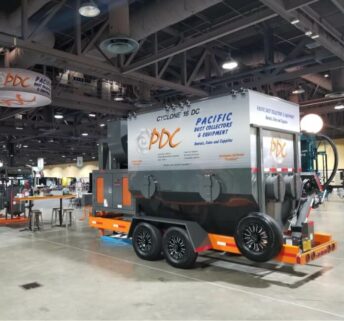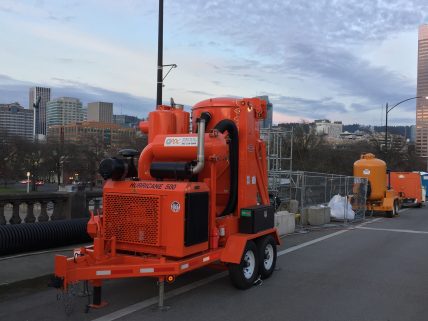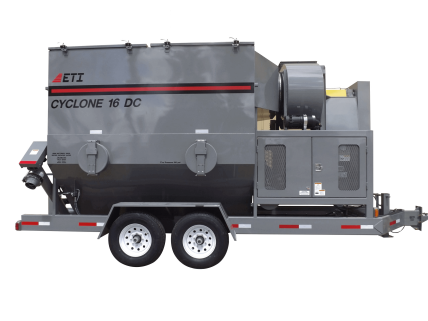In industrial settings, two of the most used appliances/systems/machines are vacuums and dust collectors. But are they synonymous? To collect airborne particulate matter, can vacuum systems be used? To vacuum up debris on the floor, can the dust collector be used? What, if any, is the difference between the systems?
For precise applications, by applying the correct technology and knowing the difference between the systems, you can save money. There are two basic types of air moving systems in the discipline of industrial ventilation. Specific tasks are executed by each system due to their design. There are key differences in the way vacuum systems and dust collectors are manufactured and these differences should be noted.
Let's examine the critical differences between vacuum systems and dust collectors.
Dust Collectors
First things first – the term is "dust collector", not dust vacuum. Vacuum systems and dust collectors differ in three crucial manners:
- Effect
- Airflow
- Configuration
Operating in tandem, the dust collector’s configuration consists of a series of parts. These parts include (basically speaking) the following:
- Exhaust duct
- Intake
- Ductwork
- Air mover
- Capture hood
The system works together to produce safe PEL or TLV. (Safe air per OSHA or ACGIH.) The systems can vary according to three factors:
- The type of dust being collected
- The spacing of the facility
- The needs of the client
The HVLP (high-volume, low pressure) design offers the most efficient dust collection system. What this means is that, across large cross-sectional areas, large amounts of airborne particulate are taken in slowly (1500 to 4000 FPM).
Vacuum Systems
Most of the industrial vacuum cleaners function on the basic principle of LVHP(Low Volume High Pressure).
Consider your shop vac, which you use to clean your car, or your small home vacuum cleaner. For industrial applications, there could be a three times higher intake velocity (as much as 10,000 FPM).
Shops all over the world are fond of using nothing more than a shop vac when they need to clean up. However, businesses should avoid the use of a shop vacuum system in their facility because, for employees, an unsafe work environment could be created through its use.
Let's look at general housekeeping in a plant. From under transfer points and conveyors, around equipment, and from walls and floors, debris is vacuumed. Installed as a central system, industrial vacuums can consume between 5 to 7 hp per user. Dust and debris are usually picked up in these systems via a tool (i.e., dusting brush) used by the operator. To a material/air receiver separator, the debris is transported through a small diameter hose. Pressure drop is increased by the smallness of the hose. But that small hose size can also inhibit how much material can move through it in any given moment.
The longer a system, to maintain the pickup velocity, the more pump must overcome the differential. Additionally, the more users at one time, the lower the velocity of pickup.
For precision cleaning applications, vacuum systems are perfect.
So, What's the Difference?
Are you clear yet on the differences between dust collectors and vacuum systems? Here's the bottom line:
- A dust collector is a low-pressure, high-volume system, whereas a vacuum is high pressure, low volume.
- Dust collectors are used for process or full-scale facility filtration, while vacuums are mainly used for material conveyance and precision cleaning.
Now that you know the specifics and the differences between dust collectors and vacuum systems, which would work better for your application and in your industry?



